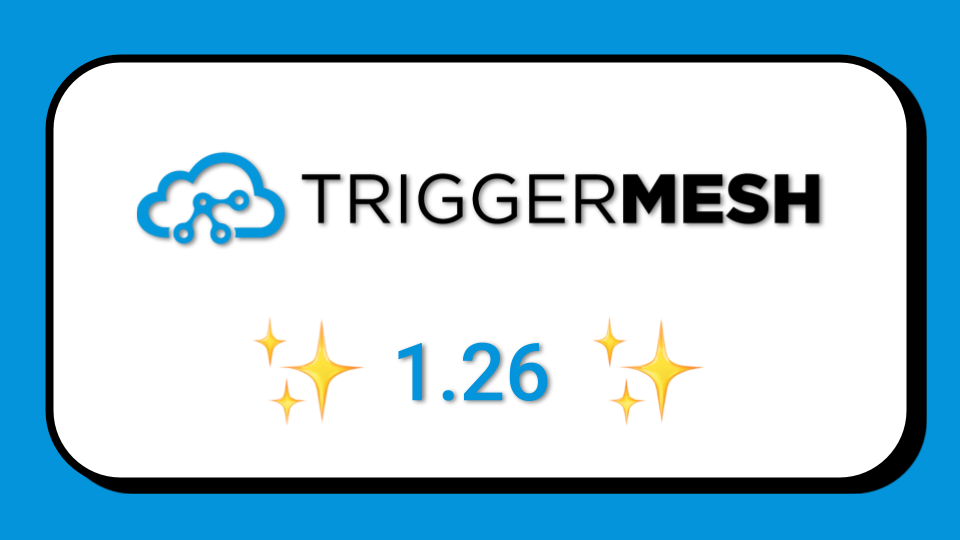




WebAssembly (aka WASM) is a new binary format that started getting a lot of attention when CloudFlare announced that their workers could run WebAssembly functions allowing multiple languages to be used to write functions. Recently Docker announced a beta that allows users to run WASM binaries via Docker, extending the options for developers to deploy their applications.
While containers are great, WASM binaries also offer isolation, re-usability of components and start fast, as such they could be a great format for serverless functions.
The ecosystem around WASM is moving fast and current limitations (e.g support in Go) will most likely be moot point several months from now. With Fermyon you can already write and deploy WASM applications using their Spin framework. Recently Fermyon also released a Python SDK which is great because I love Python :)
Since serverless is about running functions and routing events to them to build an event-driven application it makes perfect sense to see how a TriggerMesh event-flow could benefit from running a WASM function.
In this blog post I want to show you how to write an event transformation with WASM (using Fermyon Spin) and hook it up to a local event-flow. We will inject an event manually into the broker, configure triggers to invoke the WASM function and route all events for display in a Google CloudRun service.
Let's get started:
The Fermyon blog is great to get all the WASM bits in place and create a skeleton of a Python app that will compile into a WASM module. For brevity here are the steps:
If you have not used TriggerMesh before, simply go through our quickstart. Our local environment relies on Docker being present on your machine and makes use of our CLI tmctl which you can install via brew:
Building and Running your WASM application
The spin build command will compile the Python application into a WASM binary and you will see a .wasm file in your directory. The spin up will load the wasm module into the Spin framework making an HTTP route available to invoke your wasm module.
In order to make it useful with TriggerMesh and transform incoming events, you need to modify the application to set the CloudEvents headers. These headers are used by the TriggerMesh event broker to route events to their target destination. CloudEvents is a specification from the CNCF serverless working group.
Let's add CloudEvent metadata to the function.
Open the app.py file, import the json module. In the Response object set the headers, ce-type, ce-specversion and ce-source. The modified app.py looks like this:
You can now rebuild and run the application
At this point you are ready to include this function into a TriggerMesh event-flow using the tmctl CLI.
We will create the simplest flow there is: Send an event of type io.wasm.event into a broker, transform that event by adding a new key in the payload and display all the events by forwarding them to a Google CloudRun service. This overall flow is depicted below.

Since the WASM function is running locally and returns CloudEvents we can use the so-called CloudEvents target and use the local Docker network:
You will see a new Docker container running which runs the TriggerMesh CloudEvents adapter and acts as an event forwarder to send the event to the Spin/WASM function endpoint. The event broker also runs by default as an in-memory broker and you will see the container for it as well.
To display all the events we are also going to add an event Display running in Google CloudRun
The routing is done by creating Triggers, so we will create two triggers: a wildcard trigger to display all the events in CloudRun and a specific Trigger to execute our wasm function when events of type io.wasm.event are sent to the broker
You describe the full event-flow that we just setup with the describe command like so:
And now to see it in action, send an event
In the display you will see the original event and the transformed event with the added key and the new event type.

Congratulations, you just created a Python function compiled it to WASM run it as a module using the Fermyon Spin framework and added it to an event-flow with TriggerMesh.
Check out @sebgoa taking this for a spin :)